CES Chip Reveal: 5 Things Intel Partners Need To Know About The New Eighth-Gen Core Processor With Radeon Graphics
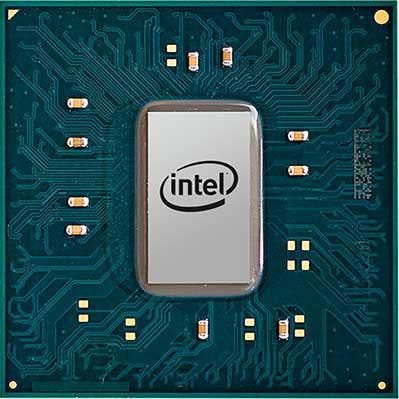
Intel And AMD's New Powerhouse Chip
Partners have been waiting over the last quarter for a new chip from rivals Intel and AMD that helps enthusiast laptops become thinner, lighter and "deliver a premium experience."
Intel has finally lifted the curtain on the new eighth-gen Intel Core mobile processor with Radeon RX Vega M graphics at CES 2018, which takes place this week in Las Vegas.
The eighth-generation Core processor, which is Intel’s first processor and discrete graphics bundled in a single package, will pair Intel’s mobile-targeted Core H-series processor, second-generation high-bandwidth memory and an AMD Radeon Technologies Group discrete graphics chip.
Intel didn't reveal details on pricing, but said that consumers can look out for the chip in systems from OEM partners in the first half of 2018. Here's everything partners need to know about the new powerhouse chip.

What Kind Of Customers Is It For?
This new processor is for the high-performing, small-form-factor computers like 2-in-1’s, thin and light notebooks and mini-PCs. For these enthusiast customers, the new processor delivers two levels of performance: one for advanced content creation and entry gaming and the other for great gaming in full HD and virtual reality experiences.
"It’s a prime example of hardware and software innovations intersecting to create something amazing that fills a unique market gap," said Christopher Walker, vice president of the Client Computing Group and general manager of the Mobile Client Platform at Intel, in a blog post.
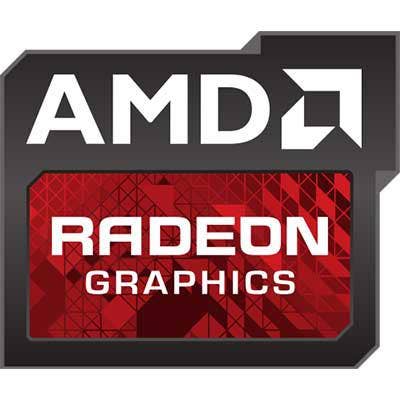
Breaking Down The Graphics
The newest processor's biggest unique factor is its incorporation of AMD Radeon RX Vega M Graphics, a custom discrete GPU that integrates key features optimizing for low power, front-end and back-end processing, and decreased silicon footprint.
Intel's eighth-generation Core enthusiast processor is connected to a custom discrete Radeon RX Vega M graphics processor. They are connected through Intel’s high-speed PCI-express lanes directly connected to the processor. This enables the bandwidth needed for the CPU to feed the graphics compute units – of which there are up to 24 – to run up to 1190MHz boost frequency and deliver smooth frame rates on games.
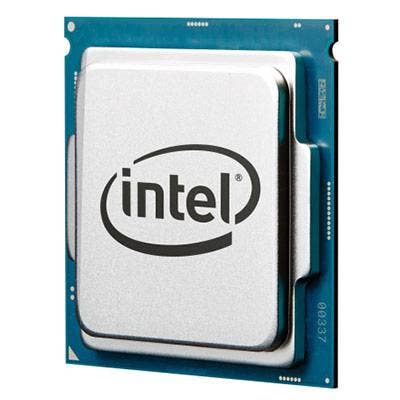
Memory
Intel's new eighth- gen Core processor features low-power dedicated graphics memory, in the form of 4 GB of High Bandwidth Memory Gen 2 (HBM2). This includes memory bandwidth, of up to 205 GBps, to quickly store and retrieve information. The processor features 8 MB of cache memory for end users.
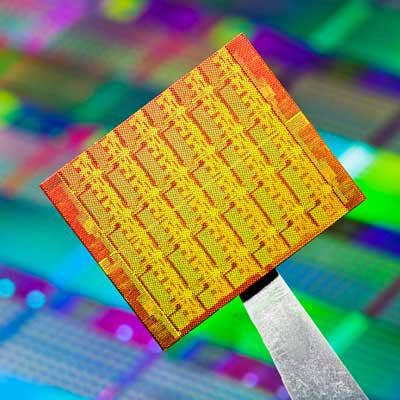
Specs
Intel’s powerful 45W mobile processor delivers four cores and eight threads on each processor. Users will see frequency of up to 4.2GHz due in part to Intel Turbo Technology 2.0, which dynamically increases the processor’s frequency by taking advantage of thermal and power.
The new chip will reduce the silicon footprint to less than half that of standard discrete components on a motherboard, creating more flexibility for OEMs to add features such as new board layouts, cooling solutions or increased battery life.
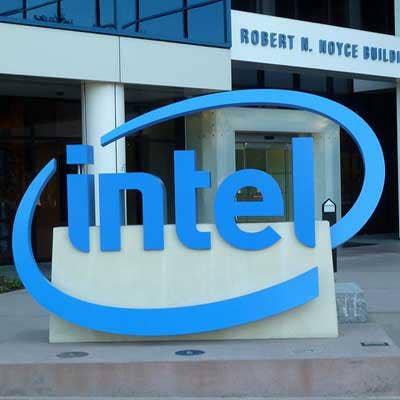
Other Features
The new chip design also includes technology called EMIB, a smart intelligent bridge enabling heterogeneous silicon to transmit information in close proximity, enabling faster and more efficient products in smaller sizes.
In addition, the eighth-gen chip features Intel Dynamic tuning, which synthesizes information from the platform and then directs power policies to the CPU, GPU and HBM2 – enabling system designers to adjust the ratio of power sharing between the processor and graphics based on workloads and usages.